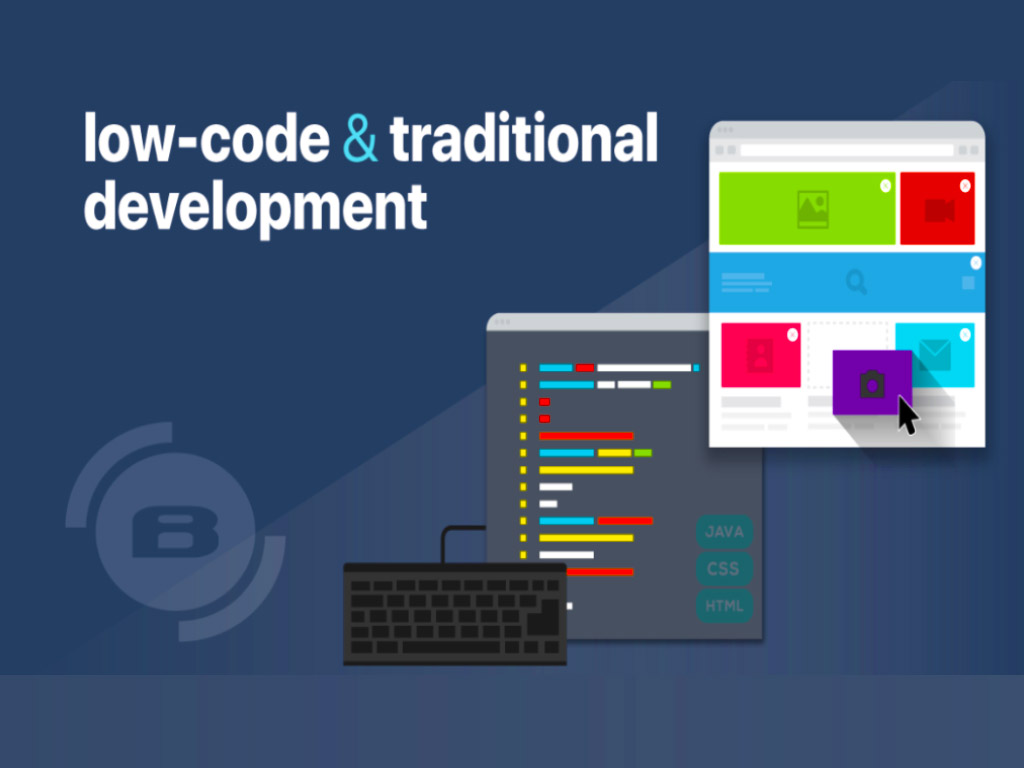
What are factors to developing a good software product?
The quality of your software products is an advantage in a competitive market. Therefore, you need to learn ways how to build better software for your target users. Marketing is a powerful tool to get your brand in front of people. But it’s the quality of your software products that makes them buy it. That is why it’s crucial to build a positive reputation by creating the best software.
Aside from affecting your profitability, product quality also defines how long you can last in the industry. Thus, you should follow the two most important pillars of the software development market. First, create software that is relevant to your end-users. And second, make sure it’s not a minefield of bugs.
If we do not share our stories and shine a light on inequities, things will not change.
Creating a successful software product requires careful planning, collaboration, and a focus on meeting the needs of your target market. By following these steps, you can increase your chances of developing a software product that meets the needs of your users, meets the demands of the market, and achieves commercial success.
1. Identify a Market Need
The first step in creating a successful software product is to identify a market need. This can be achieved through market research, user feedback, and competitor analysis. By understanding the needs and pain points of your target market, you can create a software product that addresses their specific needs.
2. Define Your Product Vision
Once you have identified a market need, you need to define your product vision. This involves creating a clear and concise description of what your software product does, and how it benefits users. Your product vision should be focused on solving a specific problem or meeting a specific need.
3. Create a Product Roadmap
A product roadmap is a high-level plan that outlines the features and functionality of your software product. It should be based on your product vision and should prioritize the most important features based on user needs and market demand. Your product roadmap should be flexible and adaptable, as you will likely need to make changes as you receive feedback from users.
4. Develop a Minimum Viable Product (MVP)
A minimum viable product (MVP) is the simplest version of your software product that meets the needs of your target market. It should contain only the most essential features and functionality. Developing an MVP allows you to test your product in the market and receive feedback from users, without investing too much time and money in development.
5. Test and Iterate
Testing and iteration are critical to the success of your software product. Once you have developed your MVP, you should test it with real users and gather feedback. This feedback should be used to make improvements to your product and refine your product roadmap.
6. Build a Strong Team
Creating a successful software product requires a strong and talented team. You need to assemble a team of developers, designers, and product managers who have the skills and expertise needed to bring your product to market. Your team should be collaborative, adaptable, and committed to the success of your product.
7. Focus on User Experience
User experience (UX) is a critical factor in the success of your software product. Your product should be intuitive, easy to use, and visually appealing. You should invest in user research and UX design to ensure that your product meets the needs and expectations of your target market.
8. Embrace Agile Methodology
Agile methodology is a flexible and iterative approach to software development that can help you create a successful product. It emphasizes collaboration, continuous improvement, and delivering working software quickly. By adopting Agile methodology, you can ensure that your product meets the needs of your users and the market.






